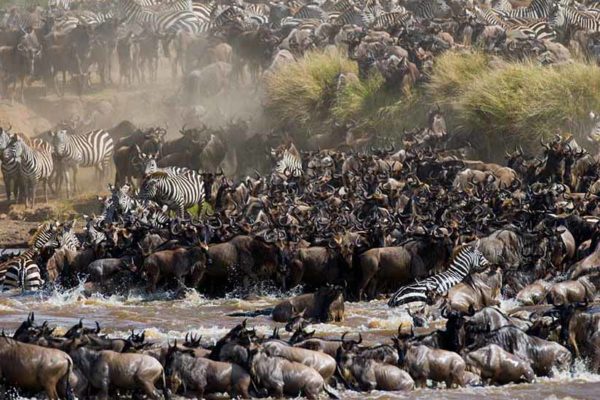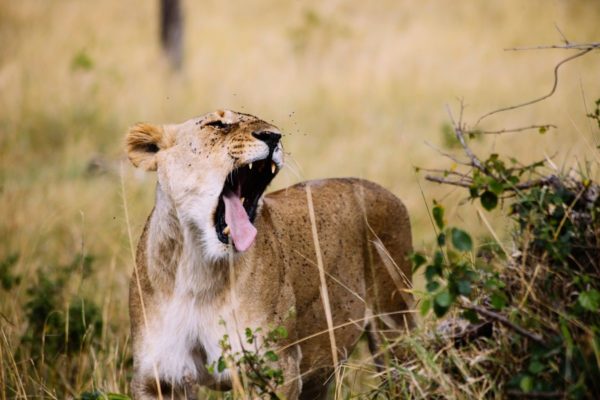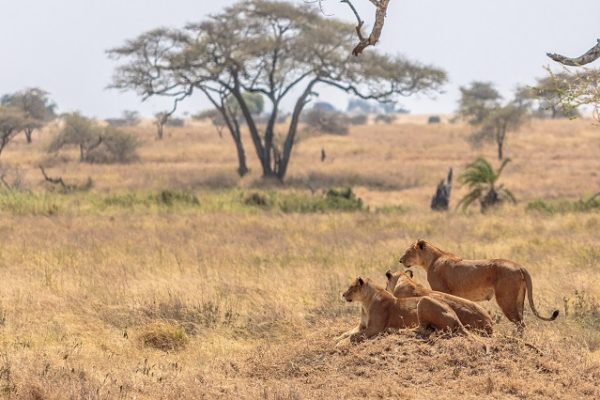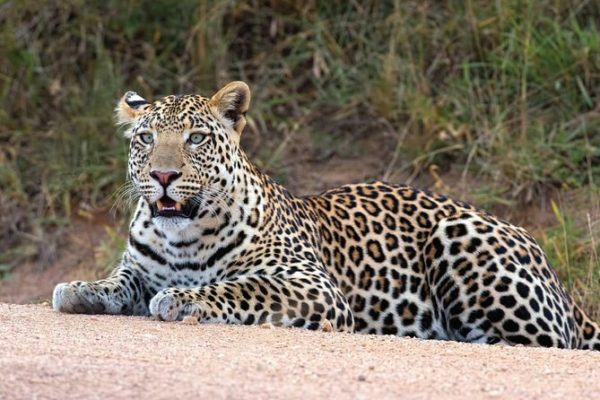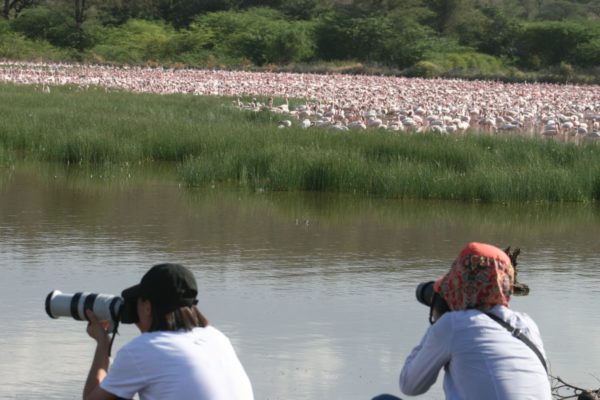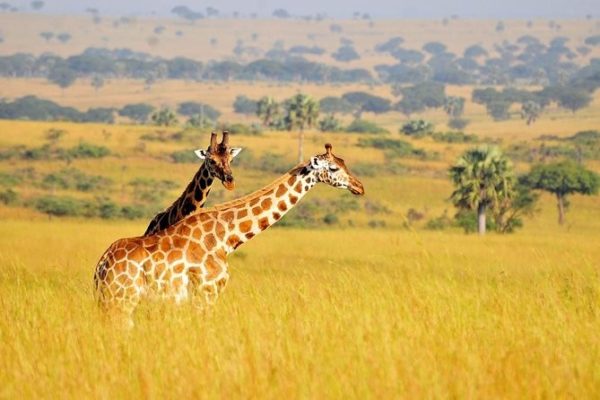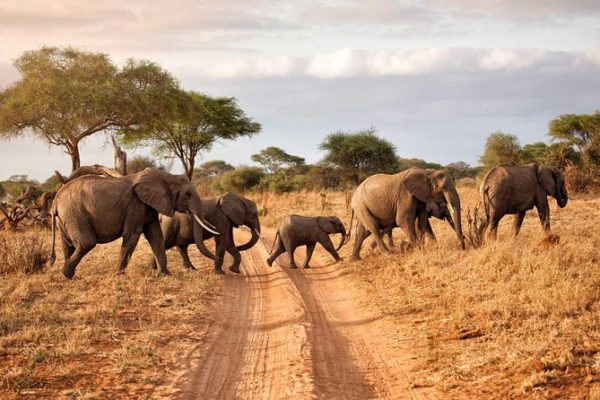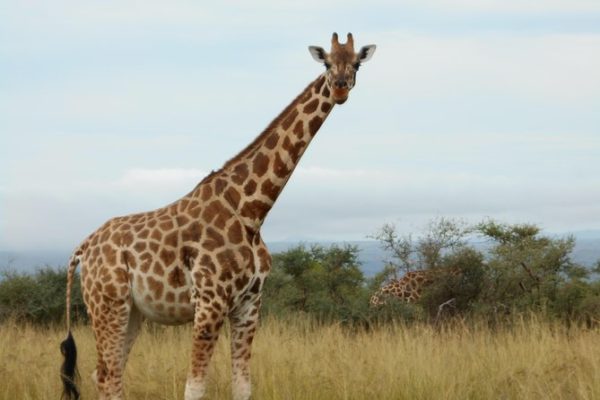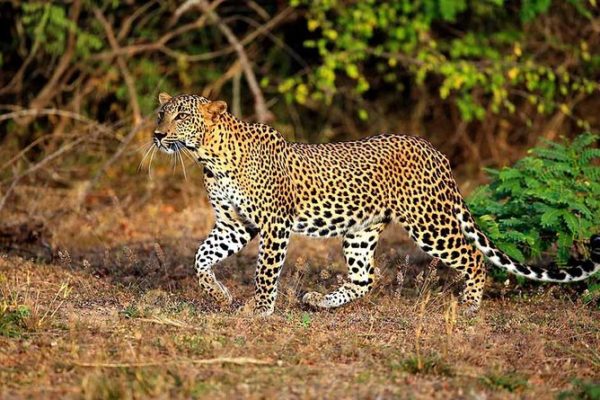MKOMAZI NATIONAL PARK
[fusion_dropcap boxed=”yes” boxed_radius=”” class=”” id=”” color=””]M[/fusion_dropcap]komazi National Park is a magnificent national park in Northeastern Tanzania just at the border with Kenya’s Tsavo West National Park to the Northeast and to the Southwest, it is bordered by the Pare Mountains. This protected area lies between the Kilimanjaro and Tanga regions of Tanzania. Unlike other parks, Mkomazi National Park remains an untapped wilderness area thus offering tourists on Tanzania safari with authentic African wilderness experiences. It was designated as a national park in 2006 and sits in the area of about 3234sq.km incorporating both the originally Umba Game Reserve in the East and the Mkomazi Game Reserve in the West.
History of Mkomazi National Park
The unique history of Mkomazi National Park dates back to 1951 when it was designated a game reserve and later upgraded into a national park in 2006. At first, when Mkomazi was founded, many pastoralists from Parakuyo ethnic group were permitted to stay in this protected area plus their livestock. The colonial government at the time gave them permission to stay there the fact that they lived here for long and they were thought not to threaten the ecological integrity of the protected area.
They were only permitted in the eastern half of then Mkomazi Game Reserve. However, the Maasai pastoralists and their families were displaced at the time the reserve was founded. With time, several immigrants were sighted in the reserve some of whom were resisted by the Parakuyo residents and a section of them was supported by the Parakuyo themselves. The population then increased where over 20000 animals were recorded in the Eastern half of the Mkomazi Game Reserve in the 1960s.
By the 1970s, pastoralists started staying and gazing even on the western side of the reserve and around the mid-1980s, over 80000 cattle were recorded inside the reserve. Due to continued population pressure in the reserve from immigrants and their livestock, it raised serious environmental concerns which made authorities at the time displace them. Later in the 1980s, a resolution was made to stop any grazing in the reserve displace all herders and by 1988, they were all evicted.
After they were displaced, the British charity the George Adamson Wildlife Preservation Trust and its American sister charity-the Tony Fitzjohn, George Adamson African Wildlife Preservation Trust developed an interest in Mkomazi and led the campaign to have the reserve restored. In 2006, the reserve was later designated as a national park and it is currently under the management of Tanzania National Parks Authority.
Attractions in Mkomazi National Park
Wildlife
Mkomazi National Park is home to diverse wildlife species including among other African buffaloes, lions, leopards, elephants, fringe-eared Oryx, aardwolf, lesser Kudus, gerenuks, long-necked gazelles, African wild dogs, black rhinos, elands, warthogs, crocodiles in Umba River, grant’s zebras, hartebeests.
Birdlife
Mkomazi National Park is believed to host an estimate of 450 bird species and they include Wahlberg’s eagle, long-crested eagles, bustards, martial eagle, secretary bird, go away bird, ostriches, pearl spotted owlet, ducks, plovers, kingfishers, cormorants, flamingos, and many others.
Safari activities to do in Mkomazi National Park
Game drives
Game drives in Mkomazi National Park are so rewarding with the astonishing sight of distinct wildlife species like long-necked gazelles, African wild dogs, black rhinos, elands, warthogs, crocodiles, grant’s zebras, African buffaloes, lions, leopards, elephants, fringe-eared Oryx, aardwolf, lesser Kudus, gerenuks hartebeests.
Birding
It is also possible to embark on a birding trip while on Tanzania safari in Mkomazi National Park. Birders on safari in this have the opportunity to sight birds such as Wahlberg’s eagle, long martial eagle, secretary bird, go away bird, ostriches, crested eagles, bustards, pearl spotted owlet, ducks, plovers, kingfishers, cormorants, flamingos.
Other activities to consider adding on your bucket list in Mkomazi National Park include nature walks, camping, hiking and in-depth exploration of conservation and rhinoceros at Mkomazi Rhino Sanctuary.
Best time to visit Mkomazi National Park
Wildlife viewing in Mkomazi National Park is perfect during the dry season which begins in June, July, August, September, and October. The significance of embarking on game viewing safari in this during this period is because of the less dense vegetation making it easier to view a variety of wildlife clearly. For birders, November and May are ideal to visit the park such as easier spotting of several migratory bird species.
Where to stay in Mkomazi National Park
The available accommodation units in and around Mkomazi National Reserve include among others the Elephant Motel, Mambo View Point Eco-Lodge, Pangani River Camp, Babu’s Camp, Orlando Lodge, Zebra Camp.
Related Tanzania National Parks – Where to go for a Tanzania Wildlife Safaris Tour
Serengeti National Park is remarkably one of the oldest and the most popular national parks in the world. This protected area lies between the Mara and Simiyu region of Tanzania. It was founded in 1951 and in 1979, it was designated as UNESCO World Heritage Site. Serengeti National Park sits in an area of about 15000sq.km and it largely consists of woodland. View Details Here
Arusha National Park is rated among the smallest parks in Tanzania and it lies in the Northeastern side of the country. It is 25kms from Arusha, 58kms away from Moshi Town and 35kms from Kilimanjaro International Airport. Despite its size, this park is by far one most unusual wilderness area to consider a must-visit on Tanzania safari. It was founded in 1960. View Details Here
Ngorongoro Conservation Area is a magnificent wilderness area of its own and also a designated World Heritage Site that is worth exploring on Tanzania safari. It is an extensive protected area with stunning volcanic Ngorongoro Crater and also features as a home to complete big five African game. This conservation area was founded in 1959 and occupies an area of 8292sq.kms. View Details Here
Tarangire National Park takes its name from Tarangire River and exceptionally, it features among a few safari parks which offer tourists on Tanzania safari with unique and authentic experiences. This park straddles within the Northern circuit of Tanzania, Lake Manyara region and it is famous for its large herds of elephant migration which make it an excellent Tanzania safari destination. View Details Here
Lake Manyara National Park is of no doubt one of Tanzania’s exceptional safari parks tourists on Tanzania safari should consider a must-visit. It is approximately 126kms Southwest of Arusha Town. Lake Manyara National Park was founded in 1960 and it covers an area of only 330sq.kms which makes it one of the smallest parks in Tanzania. Lake Manyara National Park is surrounded by Tarangire National Park and Serengeti National Park. View Details Here
Mahale Mountains National Park is set along the shores of Lake Tanganyika, Kigoma area Western Tanzania. Compared to other protected areas, Mahale Mountains National Park is remotely located providing tourists on Tanzania safari with exceptional wilderness experiences. It takes its name from the Mahale Mountain range which lies at its border. Mahale Mountains National Park. View Details Here
Kilimanjaro National Park is undoubtedly one of the most magical Tanzania safari destinations. It derives its name from the magnificent Mount Kilimanjaro which itself it an outstanding safari site to explore on Tanzania safari. This park is set near Moshi Town in the Northern side of Tanzania above the rolling hills and plateau of Amboseli National Park. View Details Here
Ruaha National Park is set in the heart of Tanzania, approximately 130kms away from Western Iringa Town. This park was founded in 1964 and it is named after the Great Ruaha River that flows on its Southeastern side. It sits in an area of about 20226sq.kms making it the most extensive national park in Tanzania and East Africa at large. It covers a section. View Details Here
Udzungwa Mountains National Park is one of the best parks to visit on Tanzania safari. In 2015, this park was ranked the third best place to visit by the New York Times. It is situated south of Mikumi National Park and it is popular as the Galapagos of Africa. It takes its name from the word Wadsungwa which denotes Kihehe language as people. View Details Here


